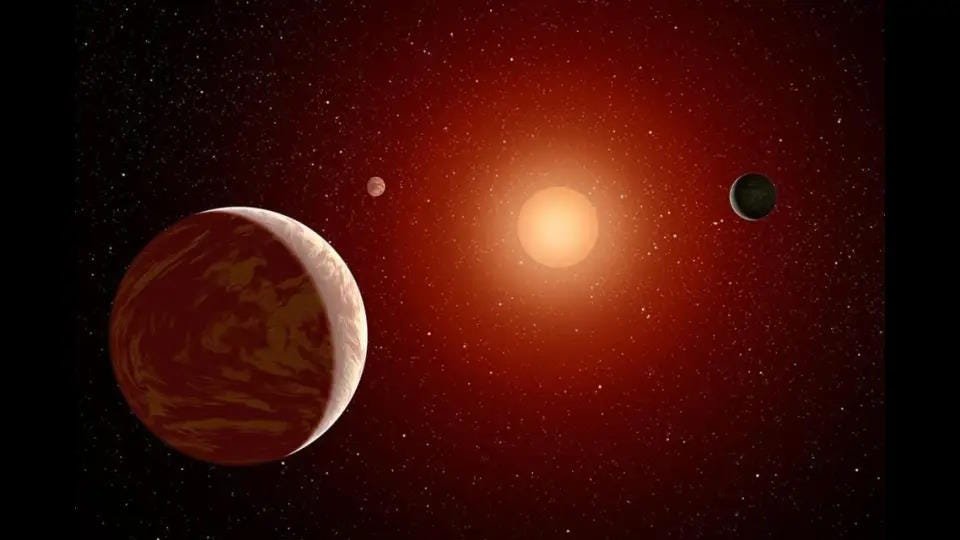There are plenty of life-friendly stellar systems in the Universe today. But at some point in the far future, life’s final extinction will occur.
One of the most humbling aspects of our Universe is the knowledge that, in enough times, all things will eventually pass away. New stars and stellar systems, while they’re expected to keep forming for many billions or even trillions of years to come, are on the decline, with the current star-formation rate only about 3% of what it was at its peak some 11 billion years ago. Planets like Earth around stars like the Sun, while relatively common today, will be extremely rare in the far future. And the longest-lived stars, even if they have Earth-sized planets around them, might be poor candidates for supporting life due to their incredibly active behavior.
At some point in the far future, the last living world in the Universe will encounter its demise, signifying an end to what we know as biological activity within our cosmos. But when will this occur? And when and where will the last chances for intelligent life persist? That’s what Terry Dunn wants to know, writing in as follows:
“My question is about the likelihood of intelligent life in billions of years. M-Class stars are extremely hostile to life (as we know it). Planets in the Goldilocks zone are so close that they are tidally locked like our Moon and always show one side towards the Sun. So one side is blazing hot and the other is freezing cold, and M-Class stars give off huge amounts of dangerous radiation lethal to life (as we know it). So while there is certainly life in universe now (but not nearby), is it likely there will be life in billions of years time?”
Although there are a healthy amount of uncertainties still involved, here’s the best story science has to tell about the answers at present.
Ingredients for a habitable planet
If you want to have life arise in the Universe, a planet (or world, in the case of a habitable moon, for example)…

